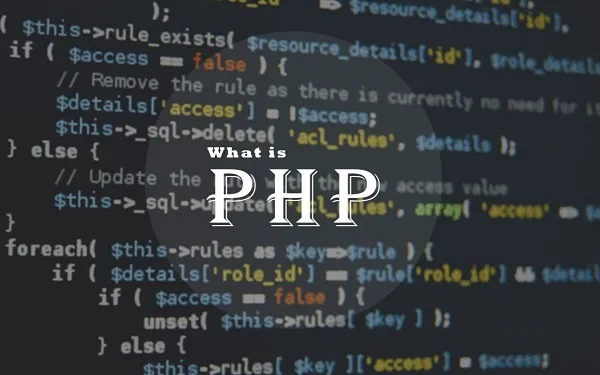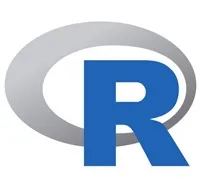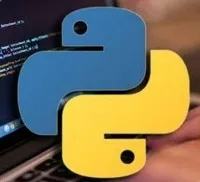
Modern PHP evolved from an earlier product called PHP/FI. Rasmus Lerdorf first developed PHP in 1994 as a small collection of C-language binaries for the Common Gateway Interface (CGI). His online CV was the original application for the package of scripts he eventually dubbed "Personal Home Page Tools," or "PHP Tools" As the need for PHP Tools' features grew, Rasmus rewrote it, resulting in a more robust and feature-rich software package. Simple dynamic web applications, like guestbooks, could now be built on top of this new model, which supported interaction with databases and more. It used embedded HTML syntax, had variables similar in Perl, and could parse form variables automatically. The grammar itself was familiar, but considerably more constrained, simple, and inconsistent than that of Perl. Returning to its original moniker, "Personal Home Page Construction Kit," this version was the first to provide what was then a cutting-edge scripting interface. It was meant to be structurally similar to C so that programmers comfortable with C, Perl, and related languages could pick it up quickly.
In order to provide a more robust implementation, Lerdorf redesigned the PHP tools. The new implementation can communicate with the database at this point. It allowed users to build dynamic web applications by providing a set of building blocks. PHP is a scripting language that may be used for a variety of applications. Its original purpose was to process information submitted through forms on static webpages, but it has now evolved into a full-fledged language for communicating with databases and servers. It's HTML-embeddable. The php tags allow PHP code to be executed within a standard HTML text. The typing system is somewhat lax. This means that you can declare and use variables without worrying about their datatype. Since it has been around for so long, PHP is compatible with any OS or database. These days, PHP interpreter modules are standard on web servers.
PHP 1 and 2:
Both of PHP's initial releases fell short in terms of functionality. However, they have paved the way for much more progress in subsequent iterations by setting the bar so high. Rasmus introduced PHP/FI in April 1996, combining the names of previous editions. The transition of PHP from a collection of tools to a full-fledged programming language began with version 2.0. MSSQL, DBM, and Postgres95 database support was added. Cookies, user-defined functionality support, and many more features were also available. With the release of PHP 2 in June 1996, he formally recognized the language.
PHP 3 and 4:
PHP 3 was the first release that looked and felt like modern PHP. Zeev Suraski and Andi Gutmans essentially rewrote the entire language, leading to considerable advances in these two varieties. Therefore, Hypertext Preprocessor became the official name for this language. During this time, a new and enhanced parser mechanism called Zend Engine was introduced. By including a global command line interface and object-oriented programming, the system's capabilities can be greatly enhanced and increased. Almost overnight, PHP became the standard among web designers. By November 1998, 10% of the world's web servers were delivering domains using PHP 3.0, up from 60,000 in May 1998 (1% of 6,000,000). Although third-party databases and APIs were widely supported in PHP 3, the framework was not powerful enough to run complex applications smoothly. In May of 2000, the first version of the Zend engine was made available to the public. It was driven by PHP 4. This release worked well with advanced software. It also ensured a safer data input process. There have been several revisions to this very useful version.
PHP 5:
Changes to the Zend Engine (2) and "improved support for object-oriented programming" were introduced with the introduction of PHP 5.0 in 2008. The latest release of the Zend engine was built using PHP 5.2. Improvements in speed and functionality, such as object-oriented programming support, the PDO extension, and more. By 2008, PHP 5 has stabilized into a solid release.
PHP 7:
PHP 7, the latest version of the language, was released in 2014 and 2015. It completely altered how it distributed apps across many platforms, including mobile, web, cloud, and business. Since PHP 5 was launched in 2004, there hasn't been a more momentous change than this blazing performance. It contains several frameworks that simplify development and greatly minimize memory consumption. The plan to implement Unicode in PHP 7.0 has been scrapped. Instead, it prioritizes data compression and faster cache access. Gains in speed of roughly 100% are possible with Zend Engine 3.
PHP 8:
In 2022, PHP 8 became available. Attributes, union types, named arguments, constructor property promotion, a null safe operator, error handling, Object-Oriented Programming (OOP), strings, and more are just some of the new features and optimizations introduced in this release. Just-in-time compilers are probably the most interesting new feature in PHP 8. Additionally, BigPipe is supported.
Over time, this once-simple code base become one of the most widely-used computer languages for building websites. PHP is used by numerous popular websites today. Applications built on top of PHP's robust code base may do a lot of good for businesses. One example is inventory management. When creating a website, PHP is now the preferred language.


